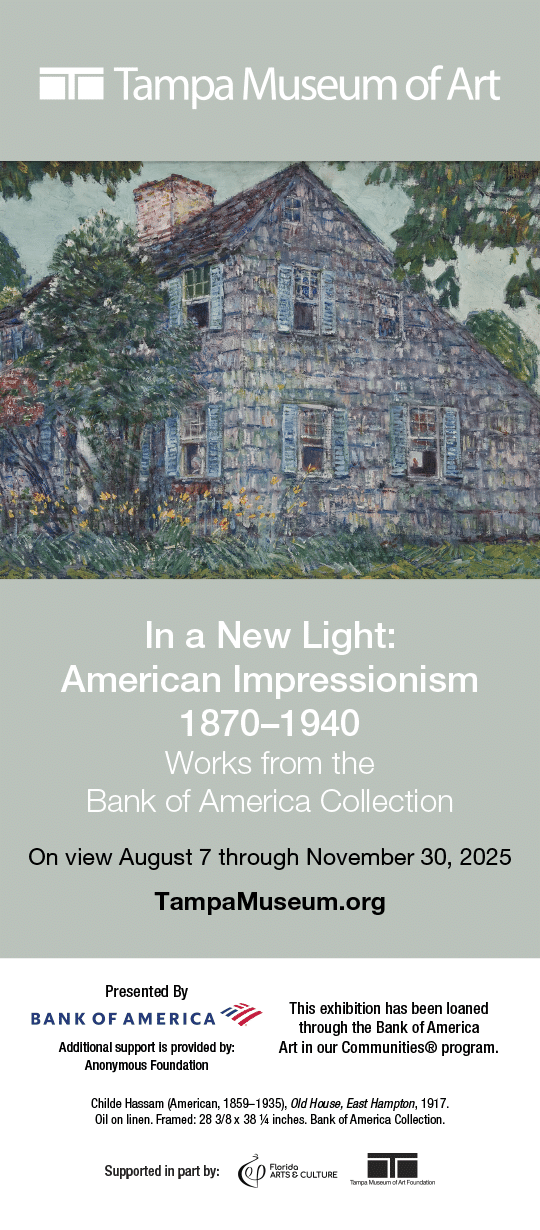“Liquid Art”
St. Petersburg historians and tour guides love to regale visitors with tales of Prohibition-era bootlegging and smuggling, often weaving in intriguing rumors of Al Capone’s prohibition era rum-running and floating speakeasies with colorful characters. Fast forward to the modern-day, where until 2021, our state’s stringent laws restricted sales out of our craft distilleries to six individual containers per customer per year, and strictly for off-site consumption.
That year, the enactment of the Florida Craft Distilleries Law, paved the way for a sustainable future for the state’s craft distilleries by granting distiller authority to sell unlimited quantities of their own branded products directly to consumers, both by the drink for on-site consumption, and in factory-sealed containers for off-site indulgence. The landmark decision also ushered in a new era for Florida consumers to experience tastings of local spirits at events ranging from trade shows to farmers markets to expositions and festivals.

Interestingly, just the year before, the Food and Drug Administration (FDA) made the surprising announcement that all distilled spirits in the U.S., regardless of their ingredients, could be labeled as “gluten-free”. While this is not mainstream knowledge even today, the announcement sparked innovative marketing by one Texas vodka maker who capitalized on the ruling despite its universal applicability.
Defining a “craft distillery” parallels the criteria observed in the craft beer industry (as explored in the Jan/Feb issue of The Artisan), emphasizing independence in ownership and modest annual sales volumes.The production process can range from “seed to glass,” where every aspect is managed in-house, to “grain to glass” or “farm to glass,” indicating involvement from raw materials to bottling to “pre-mashed” whereby partially distilled product is purchased for finishing at the distillery.
The distillation process for craft spirits itself is complex, involving multiple stages to purify the mash and remove impurities. Each “spirit run” passes through four stages – foreshots, heads, hearts, and tails – to ensure the removal of toxic alcohol. Talent and expertise are critical in determining the optimal stages for distillation.

In the heart of our own warehouse arts district stands the St. Petersburg Distillery, Florida’s largest craft distillery, fully operational and set to become a full “grain to glass” operation by the end of 2024. Noteworthy features also include their exclusive use of ingredients with natural colors and flavors, boasting rights that their master distiller is the only African American in Florida to hold that title, and experimental “limited-time offer (LTO)” products launched for special events. (Watch for their Muralist Bourbon release in October.)
Other notable craft distilleries in our area include American Freedom Distillery producing limited runs of vodka, gin and rum onsite at the Urban Stillhouse, Kozuba and Sons Distillery (Pinellas Park), Big Storm Distilling (Clearwater), Cotherman’s Distilling (Dunedin), and others.
Today, there’s even a free mobile app for consumers interested in exploring our local craft distilleries: “The Florida Distillery Trail” developed by the Florida Craft Spirits Association.
From its humble beginnings as “God’s waiting room” to a modern-day artistic metropolis, St Petersburg’s reputation as a home for “liquid art” is becoming well-deserved.
Raise a Glencairn!












